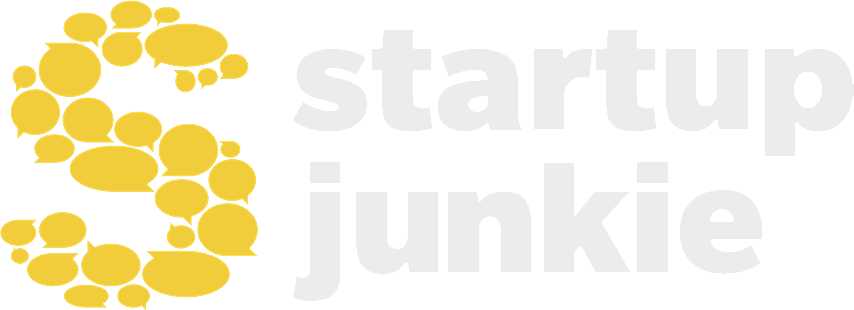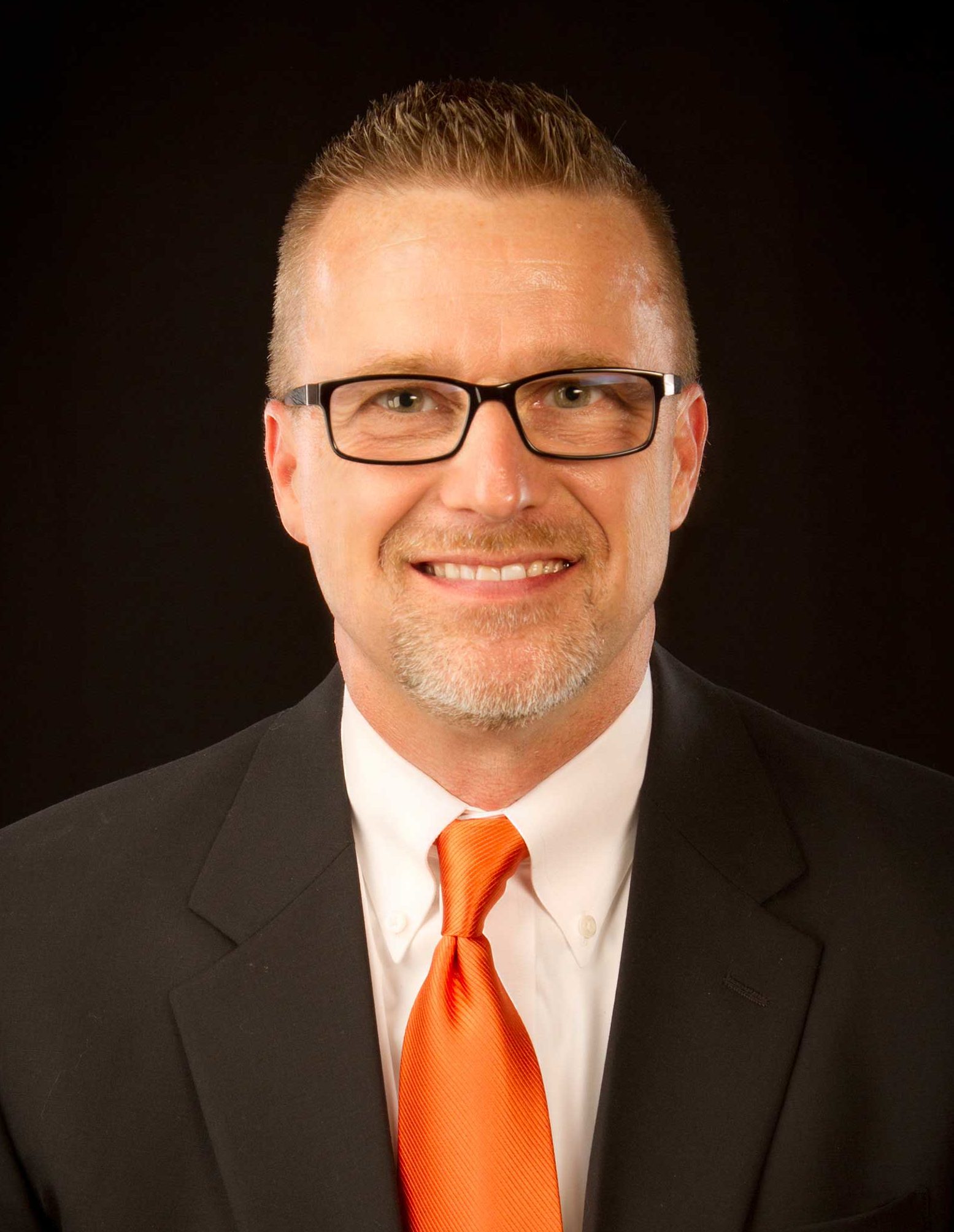Numbers Fib, Statistics Lie!
Facts are stubborn, but statistics are more pliable.
Mark Twain
During the darkest days of the Second World War, Allied bombers were being shot down in alarming numbers. To address those losses, a study was commissioned to examine aircraft that had returned to base damaged by enemy fire. After studying where thousands of bullets had struck aircraft, a recommendation was made to armor areas that were being hit most frequently. This would give an aircraft the maximum protection without overburdening the airframe with unnecessary armor. The logic ran sound to the upper echelons of command, but they wanted a second opinion.
One might think top bomber pilots would have been consulted, but the military turned to statistician, Abraham Wald. In this world of numerical connections and probabilities, Wald was a rock star. Wald looked at the data sets provided to him and found the highest percentage of bullet holes were in aircraft fuselages and the lowest percentage fell on engines. The military wanted confirmation from Wald that the fuselages should be armored. Wald answered with a simple question, “where are the missing bullets?”
No one understood what Wald was getting at and asked him to explain. Wald told them that they were examining airframes that had returned to base and not ones that had been shot down. Therefore, a bomber could take hits on the fuselage and return home. The engines were where new armor needed to be applied. The recommendation was put to Wald’s recommendations into production and after doing so, bomber losses dropped significantly.
Great innovators fall in love with the problem they’re trying to solve before they fall in love with a solution. They objectively articulate their underlying assumptions and they test them relentlessly. They’re willing to fire their ideas if they are deemed implausible. Wald’s missing bullets illustrates that we must question our assumptions before seeking solutions and have the fortitude to speak up against flawed conventional wisdom.
Likewise, highly trained professionals in virtually every industry often have a hard time stepping back from their grueling pace to ask themselves tough questions like, “Where are we going? What are our goals? What are we trying to accomplish? How are we doing? How am I doing? How are my customers doing?” and etc.” Instead they set about expending thousands of dollars and innumerable hours creating the solution to a problem that no one is willing to pay money to have solved. As a result, they miss the mark with their chosen innovation(s).
Innovation isn’t just about doing. It’s about THINKING and DOING in harmony with one another. Unfortunately, the pressures to create, to launch, to run fast often get in the way of deep, true exploration. We don’t explore the world around us (including our own habits & behaviors) for possible innovations. We don’t question our leadership of others. We don’t ask ourselves whether we are headed in the right direction. We don’t honestly assess our own individual performance. As a result, we don’t achieve what we could otherwise.
Consider this …
-
List the potential areas of “flawed conventional wisdom” that you have in your business, work area or project.
-
What numbers or underlying assumptions in your business do you need to re-examine?
-
What are the key metrics in your business that you need to be looking at on a regular basis to ensure your business is operating effectively and efficiently?
When you’ve figured out the answers to those questions, make the necessary alterations. Then, develop a process to ask the same questions again, and again, and again.
(Adapted from “The Innovator’s Field Guide.”)
Jeff Standridge, Ph.D.
Dr. Jeff D. Standridge helps organizations and their leaders generate sustained results in the areas of innovation, strategy, profit growth, organizational effectiveness and leadership. Formerly a Vice President for Acxiom Corporation, he has led established and startup business units in North & South America, Europe, Asia and the Middle East.
Jeff serves as Chief Catalyst for the Conductor (www.ARConductor.org), is Co-founder of Cadron Capital Partners (www.CadronCapital.com), and teaches in the College of Business at the University of Central Arkansas (www.UCA.edu). He is the author of “The Innovator’s Field Guide” and “The Top Performer’s Field Guide.”
Dr. Standridge has been an invited speaker, trainer and consultant for numerous companies, institutions and organizations across five continents. He and his wife, Lori, make their home in Conway, Arkansas.
In addition to his executive coaching and custom-tailored consulting, he has received accolades for his World Class presentations, training programs and workshops.


